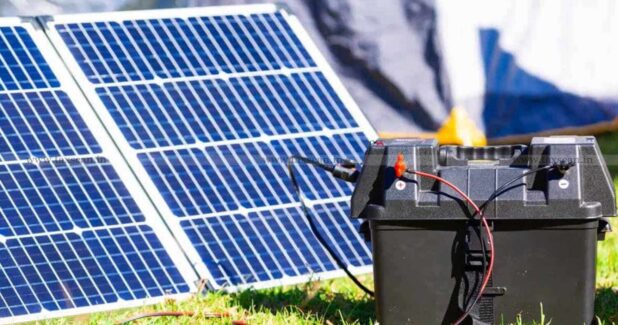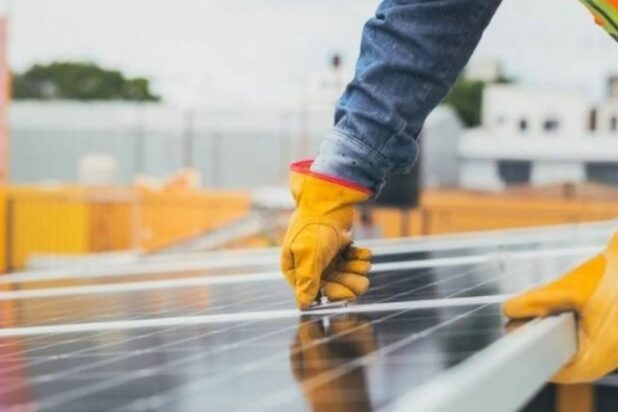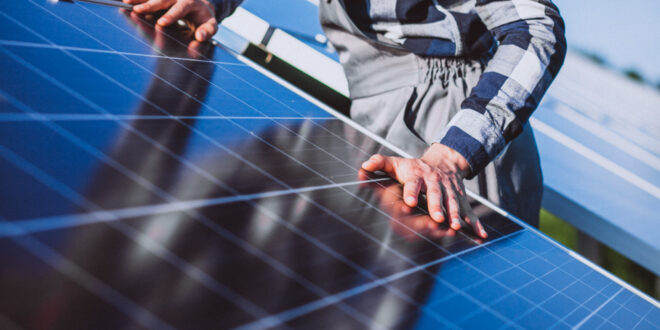Thanks to factors like grants from the government aimed at pushing for a greener earth, more folks are switching to solar panels. This increased demand for panels also results from the fact that the average size of panels has gone up. Before, solar panels measured around 3.3KW of power, but now this number has doubled.
In essence, more solar panels are installed, and bigger inverters are used. However, it’s important to note that the efficiency of solar panels is dependent on how well the solar inverters work. The very action of converting alternating current into direct current is done by inverters, so it’s important to size them properly for a more efficient use of solar energy.
Table of Contents
What Is Inverter Undersizing?

When the term overclocking is mentioned, solar panel owners should immediately think of inverter undersizing as that’s what goes on in the solar panel system. Basically, it’s a scenario where the solar panels are oversized compared to inverters, meaning there’s a higher ratio of panels to inverter size.
For instance, an undersized inverter of 5.5KW will be paired with a solar panel of 6.6KW. In essence, the panels are up to 130% larger than the inverters.
This system is mainly adopted as a method of saving costs on power. It’s a primary reason homeowners are happy to punch in the solar panel savings calculator. It’s also based on the solar panel system’s ability to optimize small-scale technology certificates.
Moreover, it also leaves your solar panel system vulnerable to fluctuations. In other words, your solar inverters will encounter issues converting the alternating current generated by the panels into a direct current that can be used.
What Is Inverter Oversizing?
Inverter oversizing, on the other hand, is the complete opposite. It is when the solar inverter capacity exceeds that of the solar panels. While this isn’t always an issue for the panels, it often leads to a failure to extract the maximum solar energy generated.
That’s because the inverters have a limit in their utilization of low-power outputs. It also causes the fluctuations experienced by undersized solar inverters.
How Do You Improve Solar Inverter Efficiency?

At the end of the day, undersizing and oversizing your solar panel system isn’t your best bet for solar energy efficiency. Though these methods are implemented to improve efficiency, they still have drawbacks you should avoid.
So, the question is, how do you avoid having to undersize or oversize your solar panel system? In shorter terms, how do you improve solar inverter efficiency?
The simple but essential tips to follow include assessing the climate conditions of the area before installing the panels. That will allow you to calculate the output of power that the panels can generate.
At the same time, the orientation of the panels should be proper to ensure maximum and optimal solar irradiation. In other words, the better placed the panels are, the better the angles for generating solar energy.
Finally, location matters as solar panel efficiency is dependent on it. Be sure to install panels in areas where they get enough sunlight and are free from shades.
Bottom Line
To achieve solar panel efficiency without oversizing or undersizing panels, you should contact professional solar panel installers and seek expert advice for the best results.
 World Magazine 2024
World Magazine 2024






